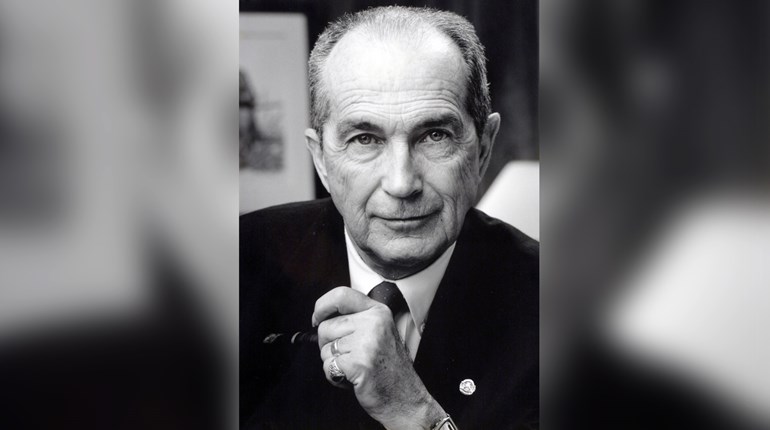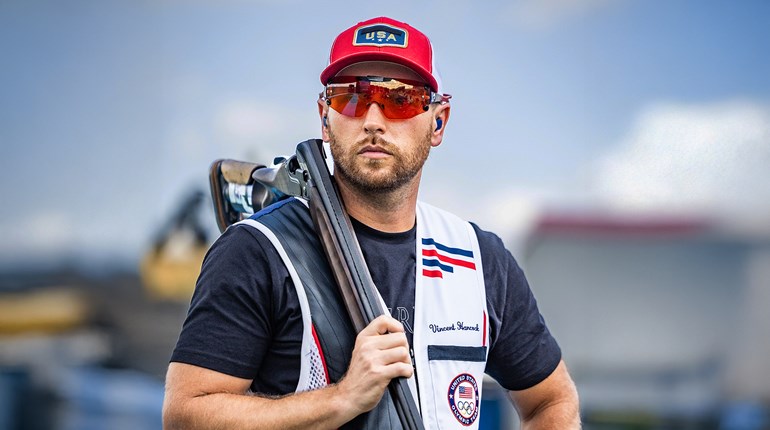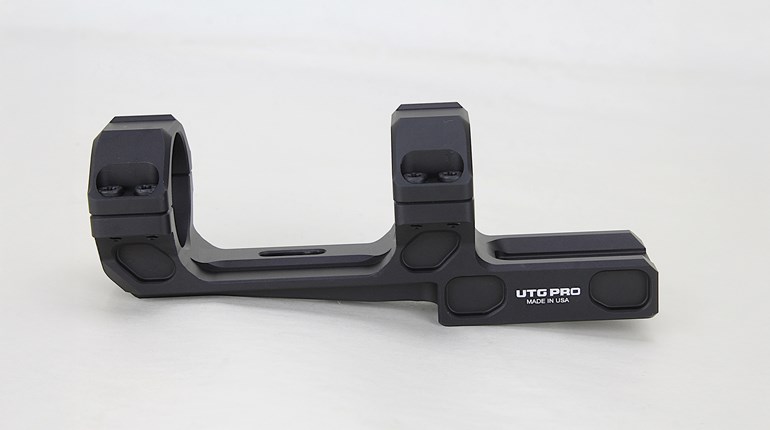
The below is an excerpt from the 1978 book, Olympic Shooting, written by Col. Jim Crossman and published by the NRA.
1952—Helsinki: The Soviet Shooters Arrive
By Colonel Jim Crossman
In 1948 the Soviets began to view the Olympics seriously. Although invited to participate that year, they were content to send observers.
Things were different at Helsinki in 1952. The USSR was present with a vengeance, having entries in all the shooting events.
By 1952 the Olympic shooting program had settled down. Starting with five events in 1896, the type and number of shooting events had varied widely, dropping to zero in 1904, climbing up to 15 in 1908, to 18 the following year, and to a peak of 21 events in 1920, and then the number dropped back to zero in 1928. Then there were two matches in 1932, three in 1936 and four in 1948. By 1952, the program was stable at six or seven events, which number has changed only slightly from year to year.
The early system of selecting shooting events for each Olympics—sponsor's choice—was obviously not the best, since the events at each Games differed considerably, according to the ranges available and the style of shooting favored in the host country.
As early as the 1912 Games, the Swedes recognized this problem and proposed that the International Committee should establish a standard set of events. Since the British in 1908 had asked a number of other countries for their suggestions on shooting events and had ended with a program that generally seemed satisfactory, the Swedes in 1912 determined to follow the same lines. They did not chose to include the cannon firing which had been part of the 1904 Games, but they did reluctantly include a try at a game shooting award.
By the 1950s, the International Olympic Committee had settled on the plan of allowing the international sport federations to set up the program and establish the rules. The International Shooting Union, the governing body for shooting, brought a considerable amount of stability to the Olympic shooting events. If one did not follow the UIT closely, however, it was still possible to be surprised—as witness the U.S. rifle shooters in 1948, caught with their illegal coats and gloves. But the general principles of the program were pretty well fixed in 1952.
The 1952 matches at Helsinki included:
- Free rifle, 300 meters, 3 positions, 120 shots
- Free pistol, 50 meters, 60 shots
- Smallbore rifle, 50 meters, prone, 40 shots
- Smallbore rifle, 50 meters, 3 positions, 120 shots (includes match above)
- Rapid-fire pistol, 25 meters, 5 silhouettes, 60 shots
- Running deer, 100 meters, 50 single shots and 25 double shots
- Clay pigeon, 200 birds
With comparatively little change for over half a century, the free rifle match was still a tough event, especially for the Americans who never really took it up wholeheartedly. Though some of the details had changed slightly, the basics of the match still stood: any rifle with iron sights, any ammunition, 300 meters using the difficult international target with its 10-ring diameter less than four inches, 40 shots in each of the positions prone, kneeling and standing, long time limits (up to 6½ hours total) shooting from a protected firing point.
Also little changed over the years was the free pistol event, fired at 50 meters on the tough international target, which had a 10-ring less than two inches across. Similar to the free rifle match, this even was designed to be fired from a sheltered firing point and the match consisted of 60 shots fired in a time limit of three hours or so.
The smallbore rifle match had gone through a series of changes. The miniature rifle defined in the 1908 Games was a far cry from the modern smallbore rifle. Where the modern cartridge is the .22 rimfire, with a 40-grain bullet fired at a velocity of about 1,300 f.p.s., the early rules limited bullet weight to 140 grains and velocity to 1,450 f.p.s. The Swedes in 1912 followed about the same prescription, but limited the caliber to 6 mm or less. Courses of fire included the 25-yard moving target, the 25-yard and 25-meter disappearing target and others. In 1912 the 50-meter match was prone, while in 1920 and 1924 it was fired in the standing position. Starting in 1932, a 50-meter smallbore prone match was included and a similar event has been in the Olympic program ever since. Though the match was limited to only 30 shots in 1932 and 1936, it was jumped up to 60 shots in the 1948 Olympics at London. In 1952, however, the number of shots in the match was dropped back to 40 shots, the score being taken from the 40 shots fired in the prone stage of the smallbore 3-position match.
Read Part 2 of our retrospective on the Helsinki 1952 Olympic Games.

Photo: Olympic tryouts in 1952 brought together three outstanding handgunners: Harry Reeves, Joe Benner and Walter Walsh. Benner and Reeves made the team, Walsh later served as the captain of the 1972 shooting team. Photo from NRA Archives.
Read more: Return and Renaissance: U.S. International Rifle Shooting 1948-1966


































